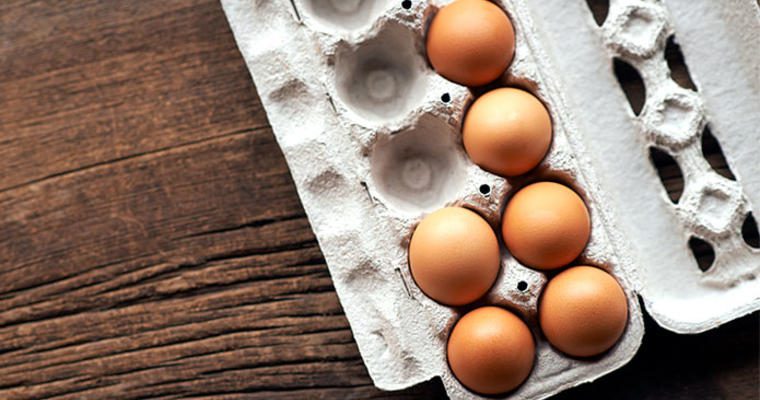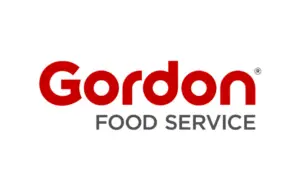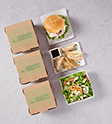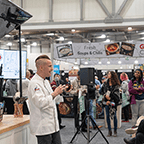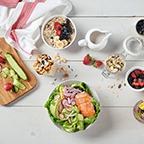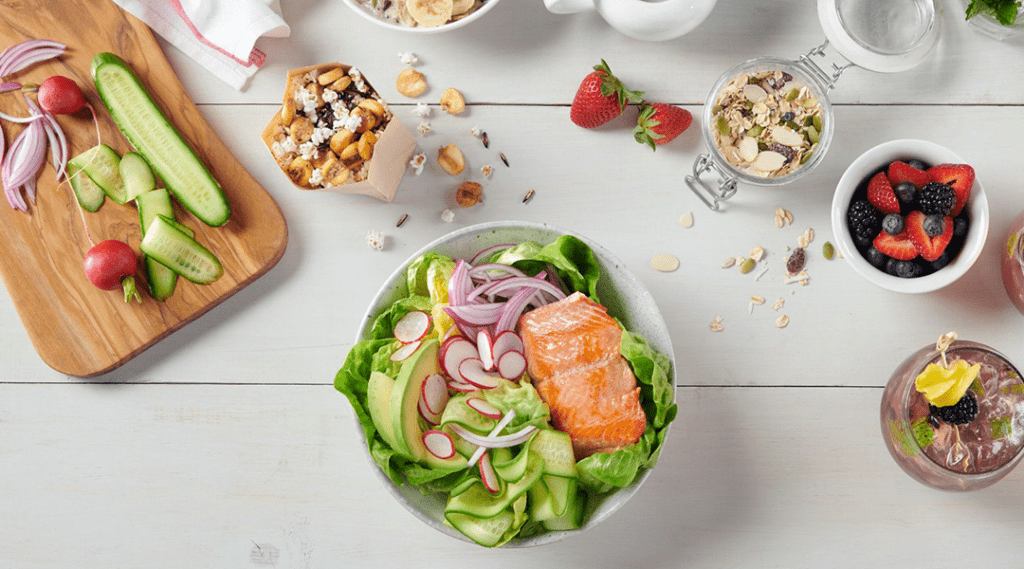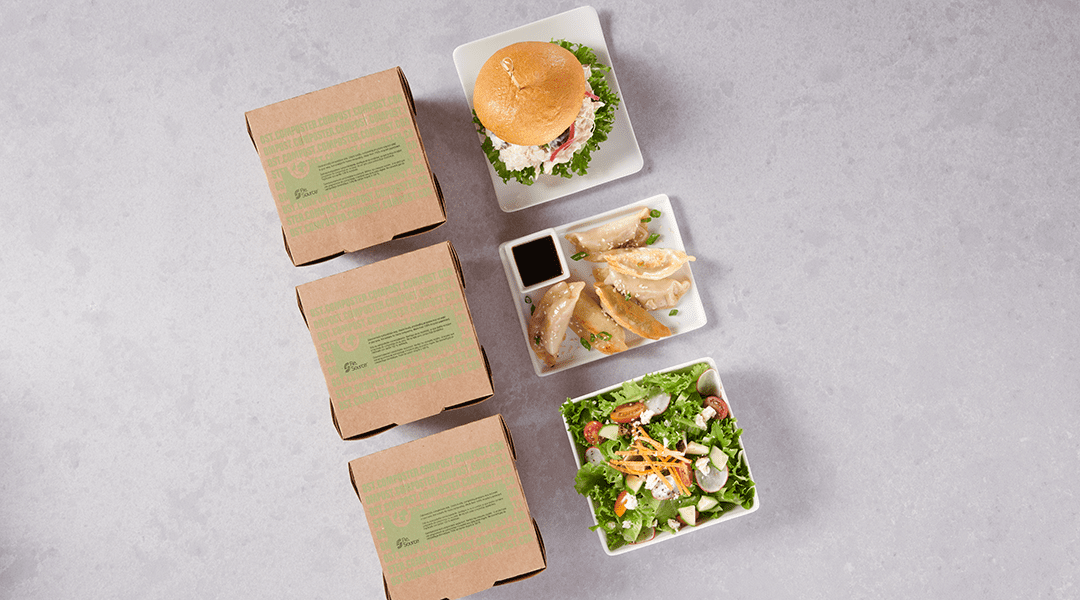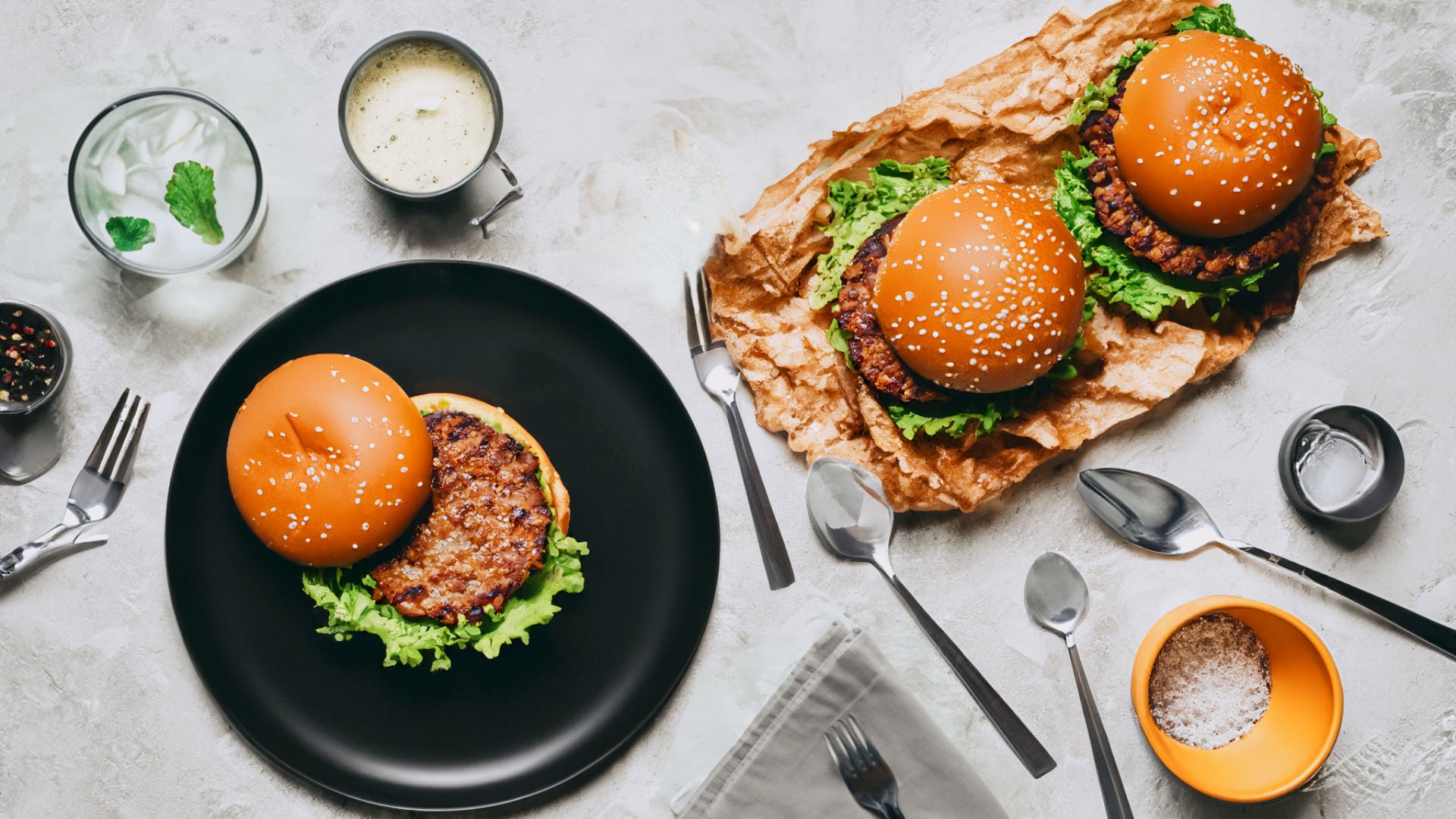As a foodservice operator, it’s important to know that some foods are more likely than others to become unsafe to serve or consume. These foods are known as TCS foods, because they require time and temperature control for safety (TCS stands for Time/Temperature Control for Safety). These controls are necessary to prevent harmful pathogens from developing on foods with certain characteristics that promote growth, including moisture, protein and a neutral or slightly acidic pH.
Shell eggs that are not treated to eliminate nontyphoidal Salmonella (the most common form of Salmonella), aka unpasteurized eggs, are a TCS food because Salmonella enteritidis (Salmonella associated with eggs) can grow on the outside of the egg. Once a contaminated shell is broken, Salmonella could spread to the egg yolk and white.
Symptoms of Salmonella include nausea, vomiting, abdominal cramps, diarrhea, fever, chills, headache and blood in the stool. Every year Salmonella enteritidis causes an estimated 1 million foodborne illnesses in the United States, which results in 19,000 hospitalizations and 380 deaths.
In October 2016 there was a recall on shell eggs out of a facility in Missouri due to a Salmonella outbreak. The eggs were distributed throughout the Midwest and sent to restaurants, wholesalers, supermarkets, institutions and directly to customers. The outbreak infected eight people and hospitalized two.
- Avoiding serving food and drinks that contain raw eggs
- Washing hands, kitchen work surfaces and utensils with soap and water immediately after they have been in contact with raw eggs, and then disinfecting surfaces with a sanitizing agent
- Keeping eggs refrigerated at or below 41°F (4° C) at all times
- Cooking shell eggs thoroughly (145°F for immediate service and 155°F for hot holding)
- Discarding cracked or dirty eggs
- Using pasteurized, in-shell eggs, especially with high-risk populations including the young, the elderly and those with weakened immunity
- Cooking pooled eggs immediately after mixing or storing them at or below 41°F (4°C), and cleaning and sanitizing containers before making a new batch
